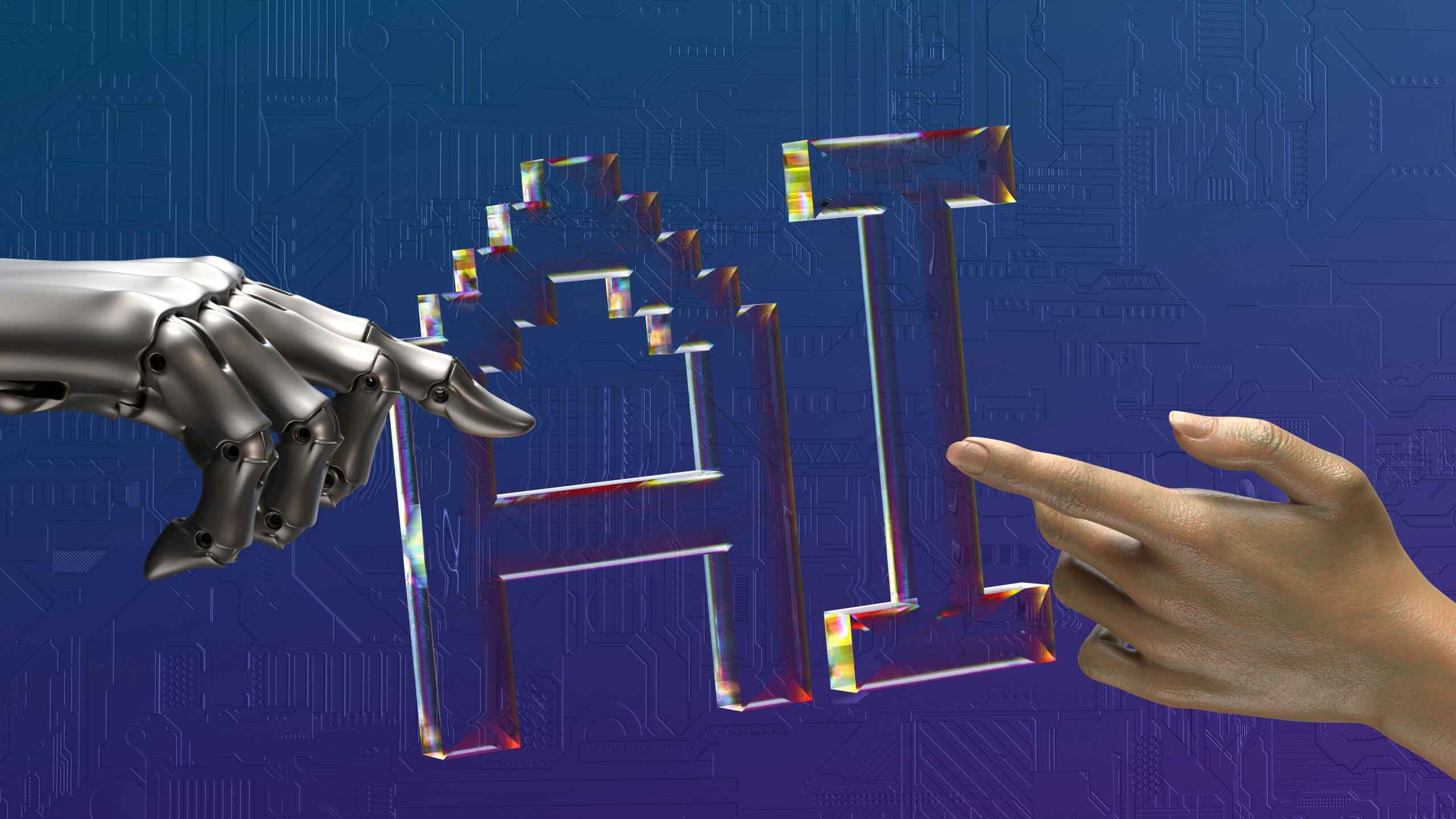There are few industries today that have not at least dabbled in AI’s countless potential uses. While much of the technology’s future remains fairly nebulous, many of its immediate benefits and practical implications have already become realized and implemented. Yet, despite widespread investment in AI, only around 1 percent of businesses believe they have reached autonomous tech maturity, suggesting vast untapped potential in an already impactful resource.
Now, with more companies predicating their corporate infrastructure and protocol on AI, AI-first companies have become an increasingly significant aspect of modern business. Autonomous systems serve as a vital resource, influencing operational agility and reshaping the larger environment where such efficiency is a key competitive edge. In this sense, the future of AI-first business looks to be both dynamic and promising.
Autonomy as an Operational Backbone
AI is maturing as a foundational structure, shaping how decisions occur, how systems interconnect, and how workflows adapt without disruption. Future business infrastructure will rely on embedded systems capable of revising their own logic in response to changing inputs. This design philosophy will emphasize resilience alongside speed, allowing organizations to function smoothly through complexity, scale, and volatility. Instead of simply enhancing operations, AI is becoming the essential framework that shapes how those operations progress over time.
Intelligence-Driven Execution
In AI-first organizations, execution is increasingly driven by systems designed to operate autonomously, without the need for external guidance. These systems leverage real-time data, analyze edge cases, and utilize pattern recognition to generate actionable insights. Rather than serving as mere downstream operators, AI infrastructure is integrated at the core of business processes, optimizing timing, scope, and continuity. As we move forward, successful AI-driven workplaces will enhance execution through systems that proactively adapt, empowered by learning environments that prepare them to navigate broad and dynamic objectives.
Evolving Talent and Workflow Dynamics
Roles within AI-first companies will increasingly reflect the adaptive nature of the systems they support, prioritizing traits such as flexibility, modularity, and responsiveness over traditional repetitive tasks. Similarly, team structures will align with the dynamic nature of operational demands, driven by the ability to oversee, refine, and contextualize machine-generated outputs. Therefore, future hiring practices will seek individuals who can thrive in this fluid environment: those who can navigate evolving infrastructure, transform ambiguity into clarity, and actively shape systems through their contributions. These workplaces will flourish through alignment fostered by shared access to information and systemic transparency.
As AI continues to advance, its impact is becoming more profound, driven by the diversification and innovation of its underlying learning models. These advancements lay a bold new foundation, evolving AI-first companies from emerging players to the industry leaders of tomorrow.




